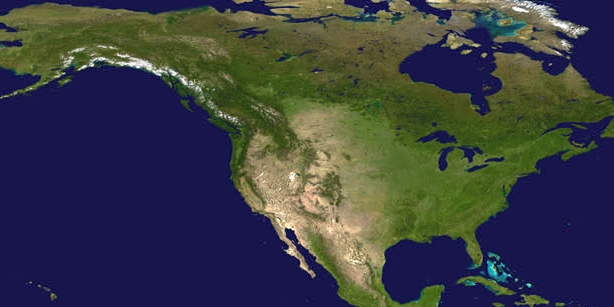

Mexico’s Popocatépetl Volcano, whose name is the Aztec word for smoking mountain, began belching out towering clouds of ash this week. Located about 45 miles southeast of Mexico City in central Mexico, the volcano is considered one of the most dangerous in the world, since roughly 25 million people live within 60 miles of it. Thus, it is also one of the world’s most closely-monitored volcanoes.
After lying dormant for more than 70 years, the roughly 17,800-foot volcano, known affectionately as “El Popo,” awoke in 1994, and has been spewing toxic fumes, ash, and lumps of incandescent rock persistently ever since.
Due to the falling ash, schools throughout numerous towns canceled classes for more than 100,000 students on Thursday, May 18, 2023, and operations at Mexico City’s Benito Juarez International Airport and the military-operated Felipe Angeles Airport were temporarily shut down on Saturday, May 20.
The following day, May 21, the alert level was raised to “yellow phase three.” The yellow warning means to remain alert and prepare for a possible evacuation, while “phase three” means intermediate to high activity according to the warning system developed by Mexico’s National Disaster Prevention Center, or Centro Nacional de Prevención de Desastres (CENAPRED). CENAPRED also urged the public “not to go close to the volcano, especially the crater, due to the danger of falling ballistic fragments.”
The Volcanic Ash Advisory Center Washington warned about a volcanic ash plume that rose up more than 30,000 feet.
A variety of NOAA satellite imagery is used to monitor volcanic eruptions like this one. For example, GeoColor imagery from NOAA’s GOES East (GOES-16) satellite combines data from five of its Advanced Baseline Imager (ABI) channels to create an approximation of what the human eye would see from space. In this imagery, the volcanic ash cloud is apparent in relation to the surrounding clouds.
Specialized RGB, or red-green-blue, data products allow for better discernment of features like volcanic ash and sulfur dioxide (SO2), a noxious gas often produced by volcanic eruptions.
Similar to GeoColor imagery, the Visible Infrared Imaging Radiometer Suite (VIIRS) onboard NOAA’s polar orbiting JPSS satellites, provides TrueColor imagery that appears similar to what the naked eye would see from space. Additionally, the JPSS Ozone Mapping and Profiler Suite, or OMPS instrument, also measures smoke, ash and dust.
The U.S. works with international partners to monitor volcanoes around the world through the Volcanic Ash Advisory Center (VAACs) network, which is responsible for issuing volcanic ash advisories 24/7. VAAC forecasters use information from NOAA satellites to monitor clouds whose location, evolution and/or spectral properties are consistent with volcanic activity. The satellites can estimate the height of ash clouds, determine the extent of ash, and estimate the amount of ash present. The advisories are also useful to air traffic controllers because large amounts of ash can significantly damage aircraft and are a major safety concern.
Approximately 90% of the world's volcanoes are not regularly monitored for activity. In addition, the large volumes of satellite data now available make manual examination impractical. The need to distill large amounts of data into actionable information for timely volcanic eruption detection led to the development of an automated detection tool. The VOLcanic Cloud Analysis Toolkit (VOLCAT) system automatically detects new eruptive events and issues alerts when new events occur. NOAA satellite data are critical inputs for VOLCAT. VOLCAT also detects and characterizes volcanic heat signatures that help volcanologists better understand the volcanic activity. In addition, VOLCAT tracks and characterizes the volcanic ash and SO2 clouds generated by eruptions.
This collection of software developed by NOAA, in partnership with the University of Wisconsin‐Madison, generates alerts when volcanic unrest or an eruption is detected, and also automatically tracks and characterizes volcanic clouds. The alerts point to a web‐based report that includes information on cloud growth anomalies, a list of most likely source volcanoes, and relevant satellite imagery. The VOLCAT alerts are currently distributed to expert users at VAACs and Volcano Observatories in an experimental manner.
